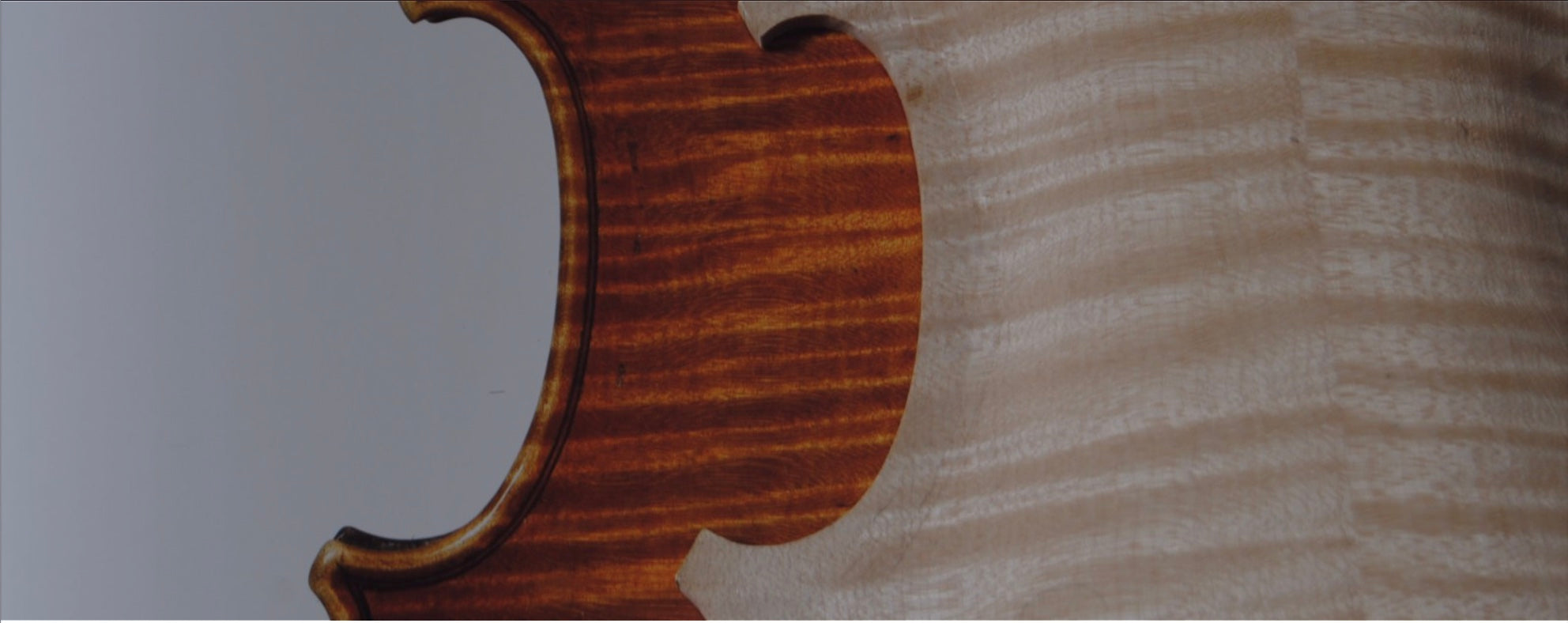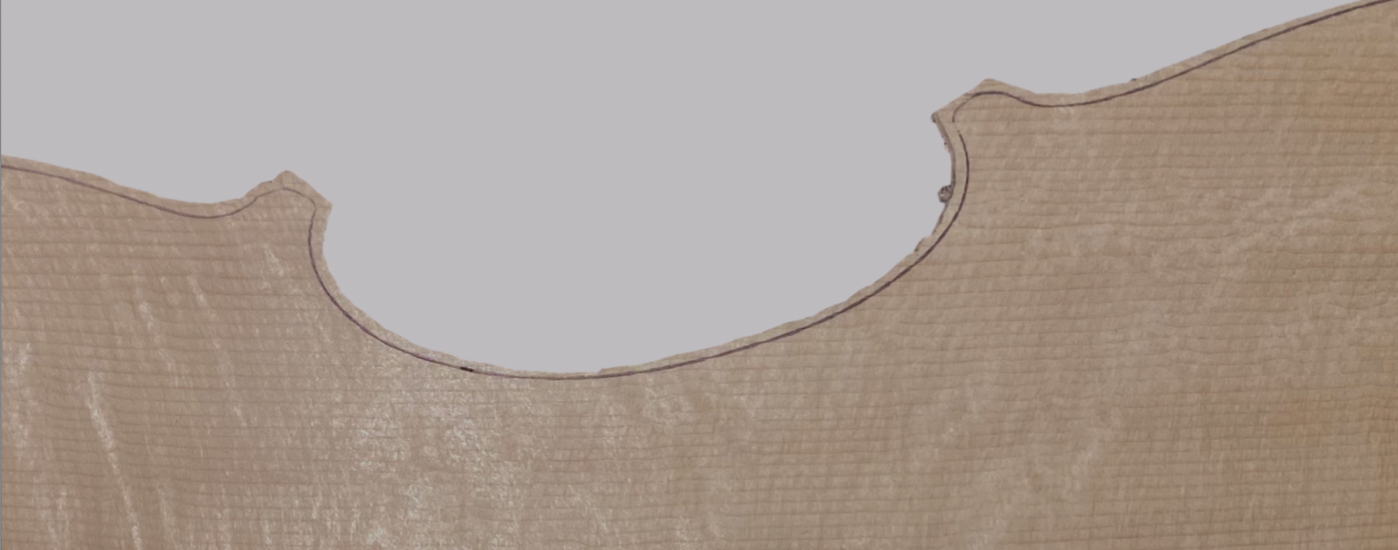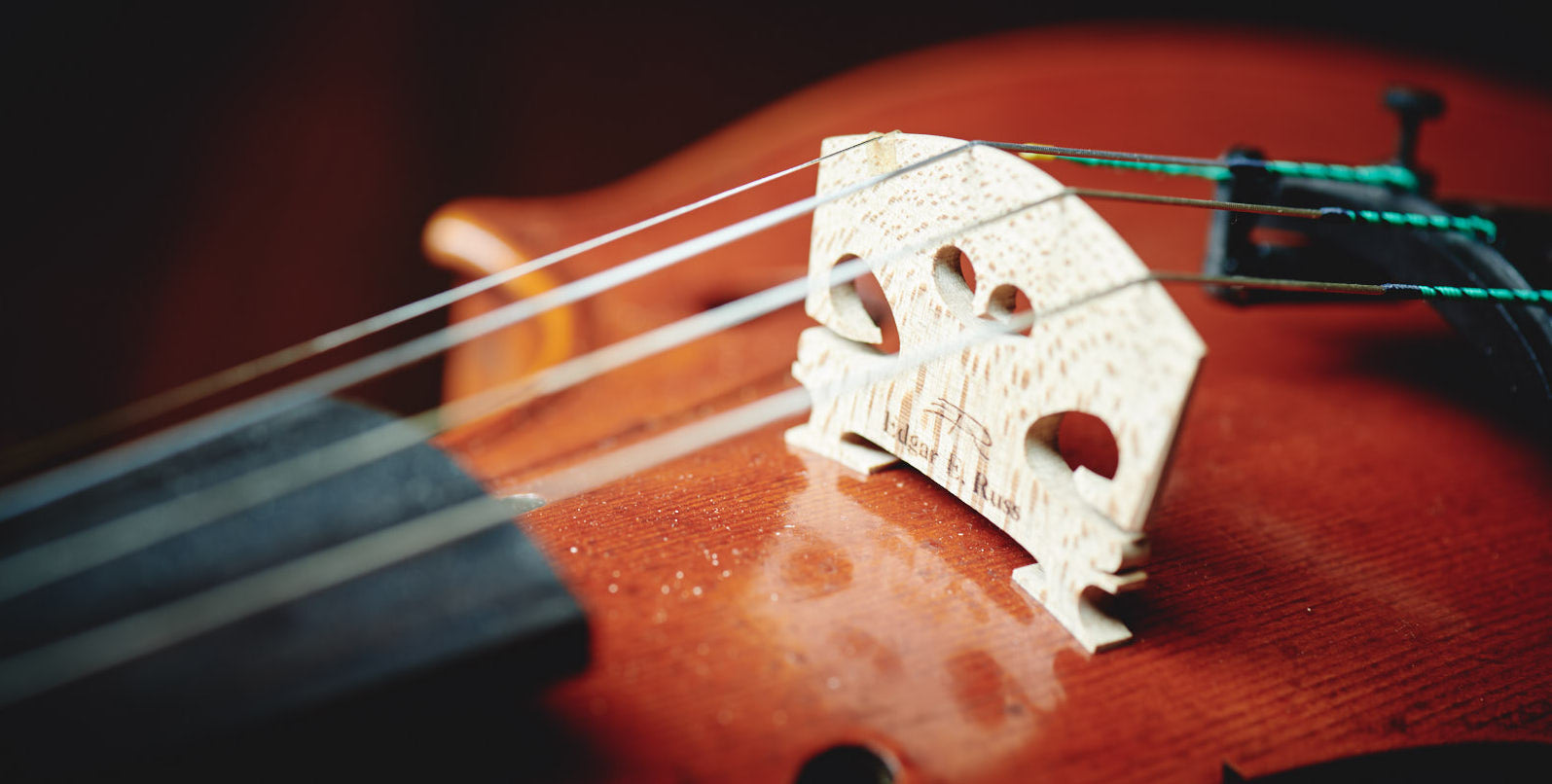
Why the Thickness matters!
Hello!
Today I collected some pieces of wood I am working on, where the next step is making the thicknesses.
The question for today is “What happens if the thicknesses are not good? If the violin is too thin or too thick?”
Opinions go in all directions, there are some makers that think if you make only three instrument a year, those are going to be very precise and correct. I do agree that on the construction of the instrument there are some steps in which you have to dedicate more time. On the other hand, if you know what you are doing, you can also make a lot of great intstrument. A good example is Guarneri: he was not so precise as Stradivari, but if i look at his work, I understand this man knew exactly what he was doing.
He was a violinmaker who focused on some part of the instrument that he knew were important to get a good sounding instrument.
Now, what I do is, I make diJerent lines of instruments and I like very much what I do. I am also a “control freak”, and I am always checking what other makers in my workshop are doing because at the end of the day my name will be on those instruments.
Usually we don’t have a lot of backs and tops lying around, but currently we are preparing for an eventual lockdown, so that everyone can bring something to work on if we can’t leave our homes.
When we have so many pieces around, is a great occasion for me to check the thicknesses. I take the caliber and I see how things are. The secret of violinmaking is not to make every single piece the same way, but actually to have as much experience as possibile in order to decide to leave the maximum material to project more or take away as much material as possible in order that the whole thing vibrates more freely.
It is not a scientiOc thing to do, I have my hands that are the best tools to apply my knowledge to create great instruments.
Now I have almost 40 years of experience and I dedicated my life to this and I can’t imagine doing anything else.
But what happens if the thicknesses are wrong?
Because I am making a lot of Linea Macchi instruments, I’ve had a lot of apprentices who made some mistakes. Instead of scratching everything and making it from the beginning, I decided to keep the mistakes and see what happened to the instrument. In Apple they call it “Research”, so I guess we can call it the same way!
For example, we had a Macchi violin where something went diJerent and we heard later how it turned out.
Now, if it’s too thin, it will be extremely loud, it will “shout”. Not really nice actually. A great master violin should be able to sound very silently and once you start giving power it should feel like there is no limit as for how much sound is left.
With a too thin violin, this is not possible. Also, if it’s too thin, the instrument will also deform the shape of the arching.
A too thick violin, is actually diXcult to play, it will not vibrate very nicely and will have a small tone. Some people believe that by playing these instrument for 20/30 years then it will sound very well... I have never seen a violin with too thick thicknesses that was sounding well.
The thicknesses I suggest for a top are approximately 3 mm, speciOcally from 2.7mm to 2.8 mm. A typical Italian violin has a pretty uniform thickness on the top. On the back is all a question of making it a little bit like a loudspeaker, with a thicker center and thinner on the sides.
Guarneri made it generally less thick on the center but kept the whole thing thicker in general. There are also some Guarneri where the center is like 6 mm. Of course that will in`uence the sound but the most important thing is the top, when talking about thicknesses. The back is more working on the character then the properties (responding and volume) of the sound.
I hope you enjoyed this blog post, if you want more informations look at this video:
Greetings from Cremona, Edgar Russ





Leave a comment
This site is protected by reCAPTCHA and the Google Privacy Policy and Terms of Service apply.